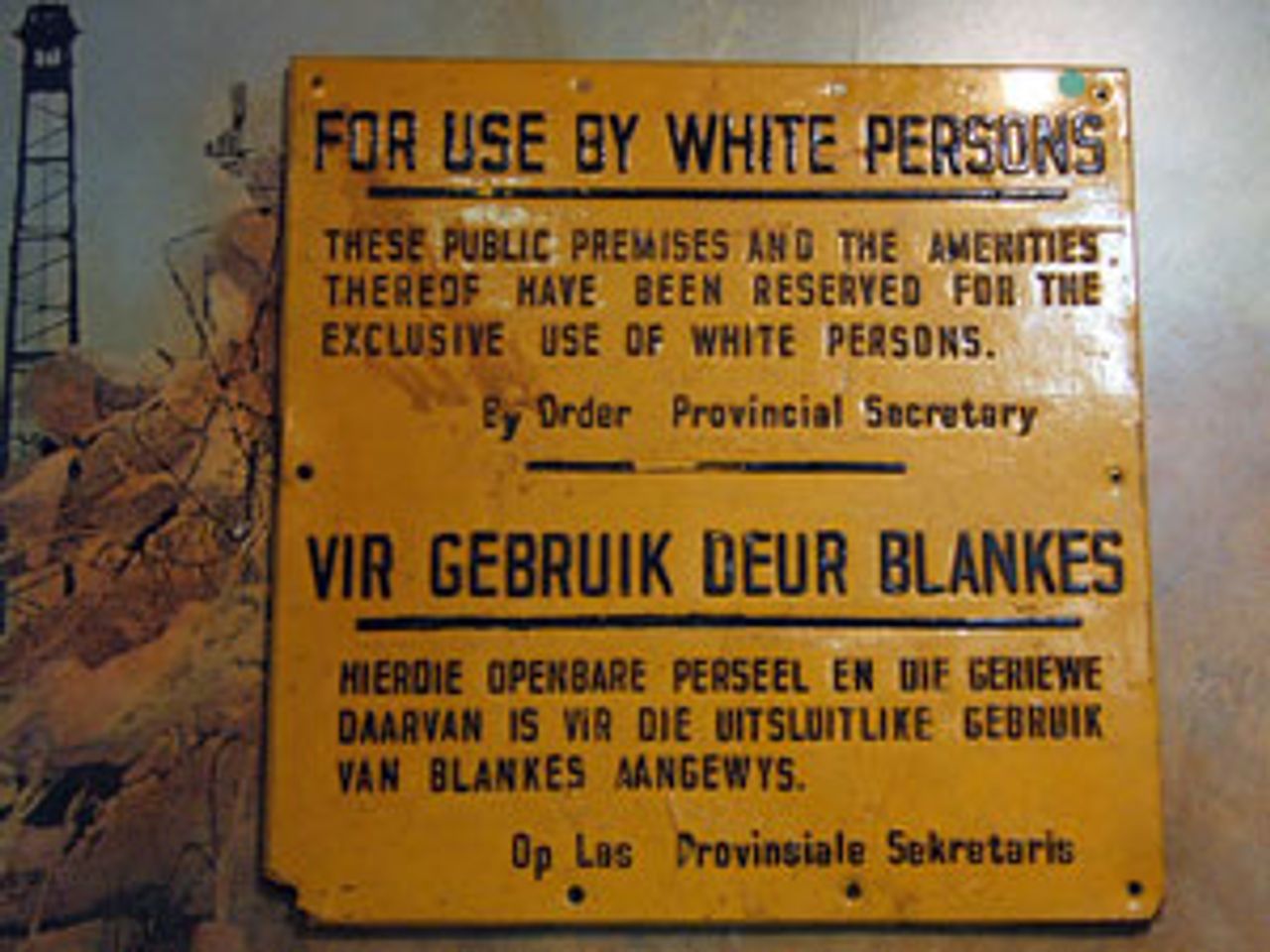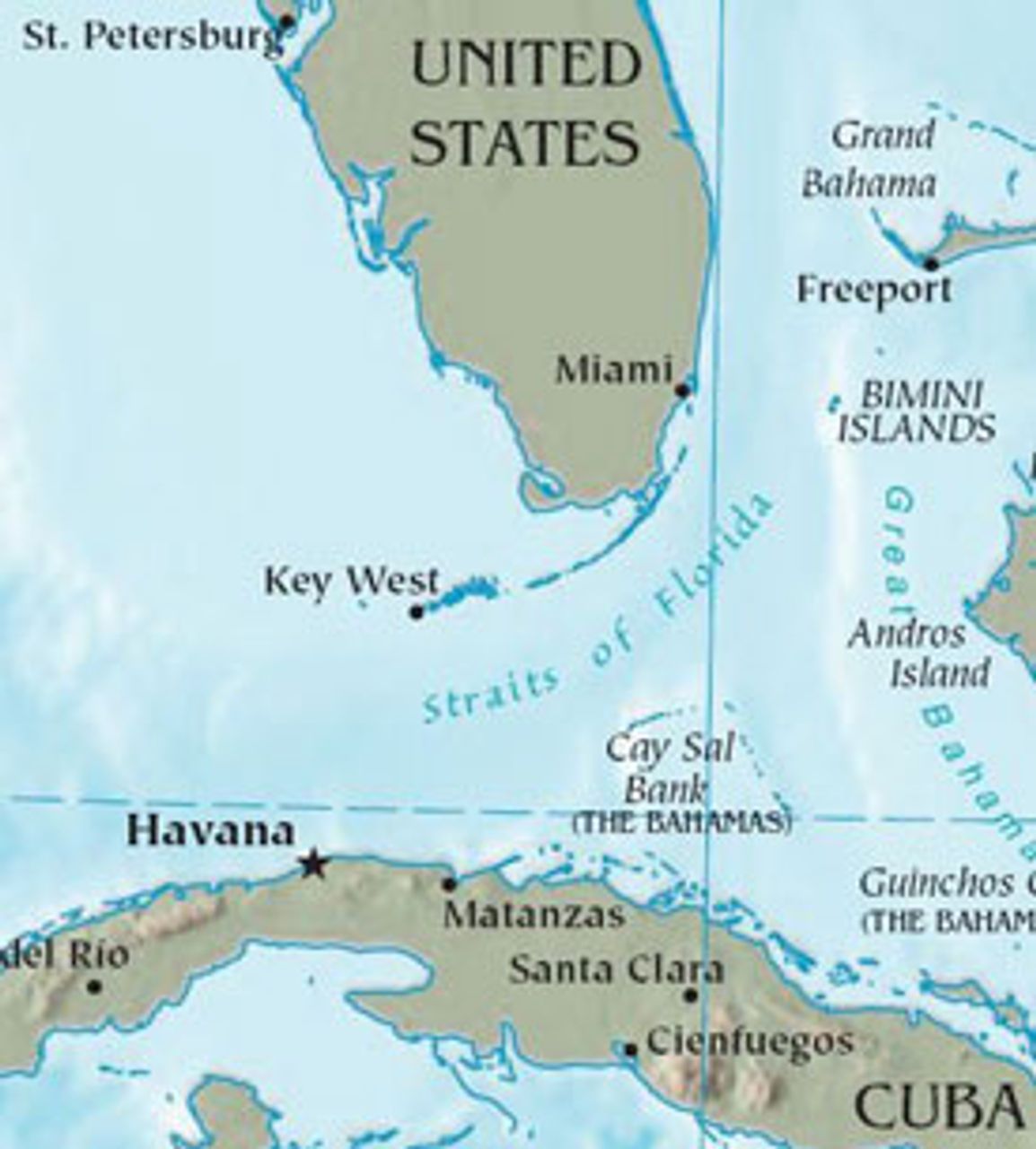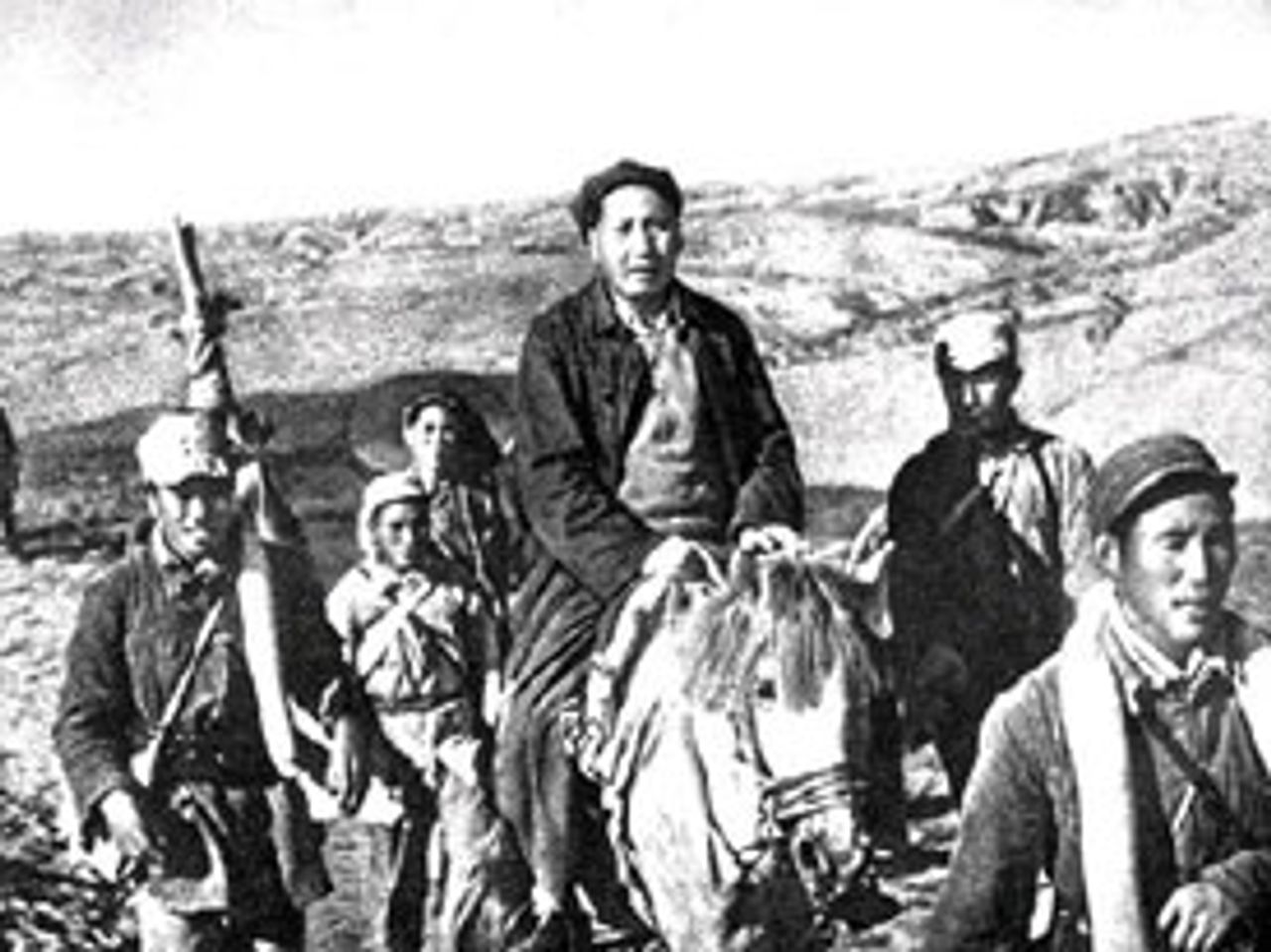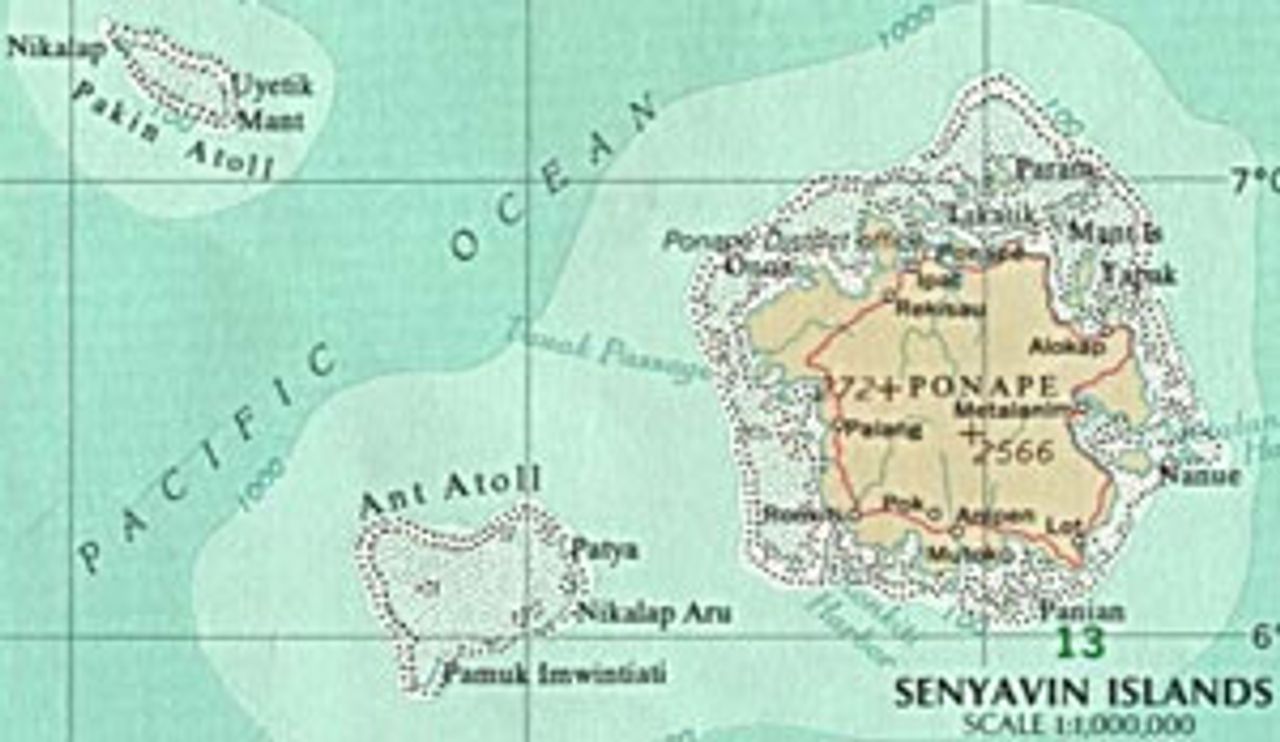This Week in History provides brief synopses of important historical events whose anniversaries fall this week.
25 Years Ago | 50 Years Ago | 75 Years Ago | 100 Years Ago
25 years ago: South Africa erupts in riots after execution of poet
 Apartheid
ApartheidRiots erupted in a number of South African cities after the state execution of poet and factory worker Benjamin Moloise on October 18.
In some of the most bitter street fighting in 14 months of struggle, African and mixed-race youth challenged security forces in downtown Johannesburg and Cape Town. Policemen and white civilians were attacked and beaten in Johannesburg, while in a suburb of Cape Town police attempting to raid a mosque were met with live ammunition.
Three protesters were killed in the fighting, two by police and one by a white motorist who opened fire from his car.
On October 20, tens of thousands of black Africans attended political funerals for those killed by police in the previous week’s fighting. About 20,000 attended the funeral of a man killed after leaving Muslim prayers near Cape Town, and in Atteridgeville 15,000 attended the funeral for a 13-year-old boy kicked to death by police as the youth walked to church.
The hanging of Moloise, convicted by the apartheid regime in the 1982 killing of a policeman, went forward in spite of international protests. This was followed three days later by the start of a show trial against 16 leaders of the anti-apartheid United Democratic Front.
50 years ago: US imposes embargo on Cuba
 Cuba
CubaThe US effort to topple the nationalist regime of Fidel Castro in Cuba reached a new crescendo when the Eisenhower administration on October 19 imposed an embargo on the island nation. Excepted from the embargo were only some medicines and certain foods. Export of wheat, corn, rice and soybeans was banned.
The move aimed to cripple the small island nation, which had long been economically dependent upon its trade with the US—as much as 75 percent of all imports to Cuba in 1958 came from the US. The embargo had been preceded by sharply deteriorating relations between the US and Castro since his guerrillas had seized power from the US-backed dictator Fulgencio Batista in 1959.
Despite anti-imperialist rhetoric, Castro had first sought a modus vivendi with the US, but Washington, fearful that the Cuban example might be followed elsewhere in Latin America, moved to isolate and then remove Castro. In response, Castro took successive measures to expand the scope of nationalizations, turned to the Soviet Union for support, and increasingly referred to the Cuban revolution as socialist. Havana responded to the embargo by accelerating the nationalization of US-owned property.
The question of Cuba was beginning to predominate in the 1960 US presidential elections, and the announcement of the embargo appeared designed to aid the Republican nominee, US Vice President Richard Nixon. John Kennedy, the Democratic nominee, countered with a call that “fighters for freedom” in and out of Cuba be given aid for “overthrowing Castro.”
75 years ago: The Long March ends
 Mao Zedong
Mao ZedongOn October 20, 1935, the “Long March” of the Chinese Communist Party’s (CCP) Red Army came to an end in Shaanxi province. The march, a massive military retreat across much of China, had begun a year earlier, on October 16, 1934, when the First Red Army narrowly escaped defeat at the hands of Chiang-Kai Shek’s Kuomintang forces in Jiangxi province.
By the time the First Red Army, under the leadership of Chairman Mao Zedong, ended its march at the Great Wall of China in 1935, their number had dwindled to just a tenth of their original size. More than 170,000 marchers were killed during the journey, in which they traveled 6,000 miles crossing as many as 24 rivers and 18 mountain ranges. Along the way, the marchers entered into battle with and were brutalized by the nationalist Kuomintang and its supporters as they literally fought their way across the country.
Mao would write later in 1935, “The Long March is a manifesto. It has proclaimed to the world that the Red Army is an army of heroes, while the imperialists and their running dogs, Chiang Kai-shek and his like, are impotent. It has proclaimed their utter failure to encircle, pursue, obstruct and intercept us. The Long March is also a propaganda force. It has announced to some 200 million people in 11 provinces that the road of the Red Army is their only road to liberation.”
In reality, the Long March was a disaster in which a large section of the Red Army was wiped out. The Chinese Communist Party, following the defeat of the Chinese Revolution in 1927, in which it had subordinated itself to the Kuomintang under the Stalinist policy of the “two stage revolution,” was by this time no longer a mass party of the working class. Under the leadership of Mao Zedong, the party had rejected the role of the working class as a revolutionary force and had transformed into a movement of the peasantry and guerillaism. The Long March was the latest catastrophe prepared by these defeats and betrayals.
100 years ago: Micronesian island rises up against German rule
 Pohnpei
PohnpeiOn October 18, 1910, the Sokeh people of Pohnpei, a Micronesian island in the Caroline chain, rose up against German colonial rule. The rebellion was mercilessly crushed by imperial forces within one month.
The uprising began after German abuses of workers on a forced labor crew, part of a taxation scheme imposed on the islanders. A tribal chief was manhandled by a German official and another man was whipped by a German foreman. The next day the Sokeh workers showed up to the road armed. Within hours the viceroy Gustav Boerder, the foreman, and five other Germans were dead.
The uprising is perhaps most notable for the savagery of the German response. Reinforcements arrived within one month. A naval squadron battered the Sokeh, who had retreated up the island’s mountain. After subduing the islanders with some difficulty, 17 were executed, and the entire surviving population—about 460 in all—was deported to the islands of Balbelthuap and Angaur, where the men were forced to work as slave labor in phosphate mines.
The Spanish Caroline islands were sold to Germany by Spain in 1899, and were part of German New Guinea.
